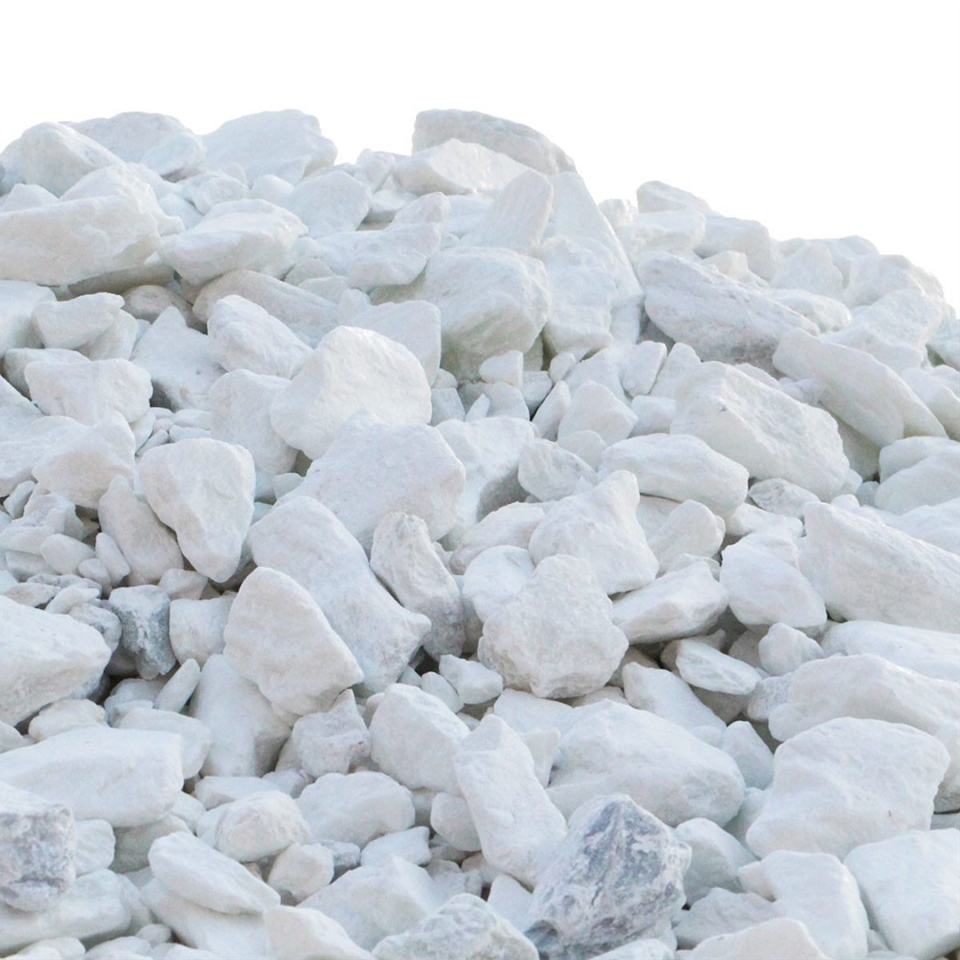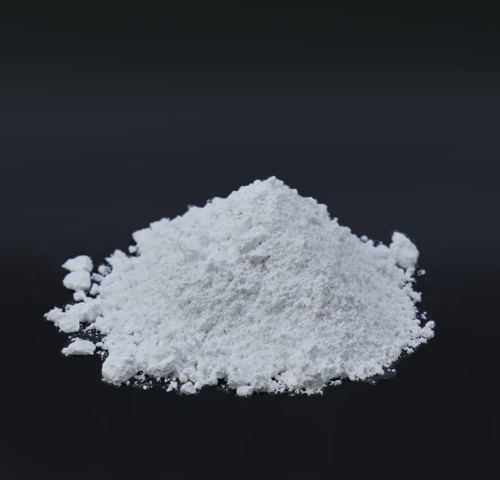Is Calcite Carbonate used in the field of geology and mineralogy?

Do talc products have an expiration date?
October 9, 2023
How does the particle size of MCC affect its properties?
October 23, 2023
Introduction
In the vast world of geology and mineralogy, one mineral that shines bright is Calcite Carbonate. Its significance in these fields cannot be overstated. With its distinctive properties and widespread occurrence, Calcite Carbonate has earned a well-deserved place as a cornerstone mineral. In this blog post, we will delve into the fascinating world of Calcite Carbonate, exploring its properties, uses, and its vital role in both geology and mineralogy. Mewar Microns, as prominent Calcite Carbonate suppliers, play a crucial role in providing high-quality specimens for research and industrial applications.
What is Calcite Carbonate?
Calcite Carbonate, often simply referred to as Calcite, is a carbonate mineral and one of the most common and abundant minerals found in the Earth's crust. It is primarily composed of calcium carbonate (CaCO3) and belongs to the calcite group of minerals. It exhibits remarkable optical, chemical, and physical properties that make it a prominent player in geological and mineralogical studies. Explore the wonders of Calcite Carbonate with us, and let its geological and mineralogical marvels unfold before your eyes.
Chemical Composition and Crystal Structure
Calcite Carbonate has a simple yet captivating chemical composition. Its structure comprises calcium (Ca), carbon (C), and oxygen (O) atoms arranged in a trigonal crystal system. This results in the formation of rhombohedral crystals with distinctive cleavage, perfect rhombohedral cleavage, which allows it to break into rhomb-shaped fragments.
The chemical formula of Calcite Carbonate, CaCO3, tells us that it contains one calcium atom, one carbon atom, and three oxygen atoms. These atoms are bonded together to create a lattice-like structure, giving this mineral its characteristic rhombohedral shape.
Physical Properties
Calcite Carbonate boasts a range of unique physical properties that make it invaluable in the field of geology and mineralogy:
Color: It comes in a variety of colors, including colorless, white, yellow, orange, red, and green. Its color can be influenced by impurities present in the crystal structure.
Transparency: It is often transparent to translucent, allowing researchers to study its internal structures and inclusions.
Luster: It exhibits vitreous to pearly luster, depending on the quality of the crystal.
Hardness: It has a relatively low hardness of 3 on the Mohs scale, making it susceptible to scratching.
Refractive Index: It has an exceptionally high refractive index, making it useful in optical applications.
Birefringence: This property causes double refraction in transparent Calcite crystals, making it a valuable tool in identifying minerals under a microscope.
Geological Significance
Calcite Carbonate plays a pivotal role in the geological realm:
Rock Formation: It is a common constituent in sedimentary rocks, such as limestone and marble. Its presence can help geologists understand the history and conditions under which these rocks formed.
Mineral Identification: In the field, geologists use the distinctive properties of Calcite to identify and classify minerals in rock samples.
Geochronology: It can be used in radiometric dating techniques, such as uranium-lead dating, to determine the age of geological formations.
Fossil Preservation: It can replace organic materials during fossilization, preserving ancient organisms in stunning detail.
Carbonate Chemistry: Its role in the carbon cycle is crucial. It acts as a buffer in natural waters, regulating pH levels and contributing to the formation of stalactites and stalagmites in caves.
Mineralogical Applications
In mineralogy, Calcite Carbonate serves as a foundation for understanding the diversity and complexity of minerals:
Mineral Classification: It is a carbonate mineral, and its study helps mineralogists understand the properties and characteristics shared by other carbonate minerals.
Twinning: It is famous for its twinning, with intricate patterns of twinned crystals. This phenomenon is of great interest to mineralogists studying crystallography.
Optical Mineralogy: Due to its unique optical properties, it is used extensively in optical mineralogy, aiding in the identification of minerals based on their optical behavior.
Gemology: Calcite varieties such as Iceland Spar and Honey Calcite are popular among collectors and gem enthusiasts. Mineralogists study these specimens to gain insights into gem formation processes.
Conclusion
In the ever-evolving fields of geology and mineralogy, Calcite Carbonate stands as a fundamental mineral with a multitude of applications and significance. Its unique properties, from distinctive crystal structures to optical behavior, make it an invaluable tool for researchers and enthusiasts alike. As we continue to explore the depths of the Earth and the world of minerals, it will undoubtedly remain a shining star in our quest for knowledge. At Mewar Microns, we are committed to providing high-quality minerals, including Calcite Carbonate, to support the endeavors of geologists, mineralogists, and industries worldwide.

